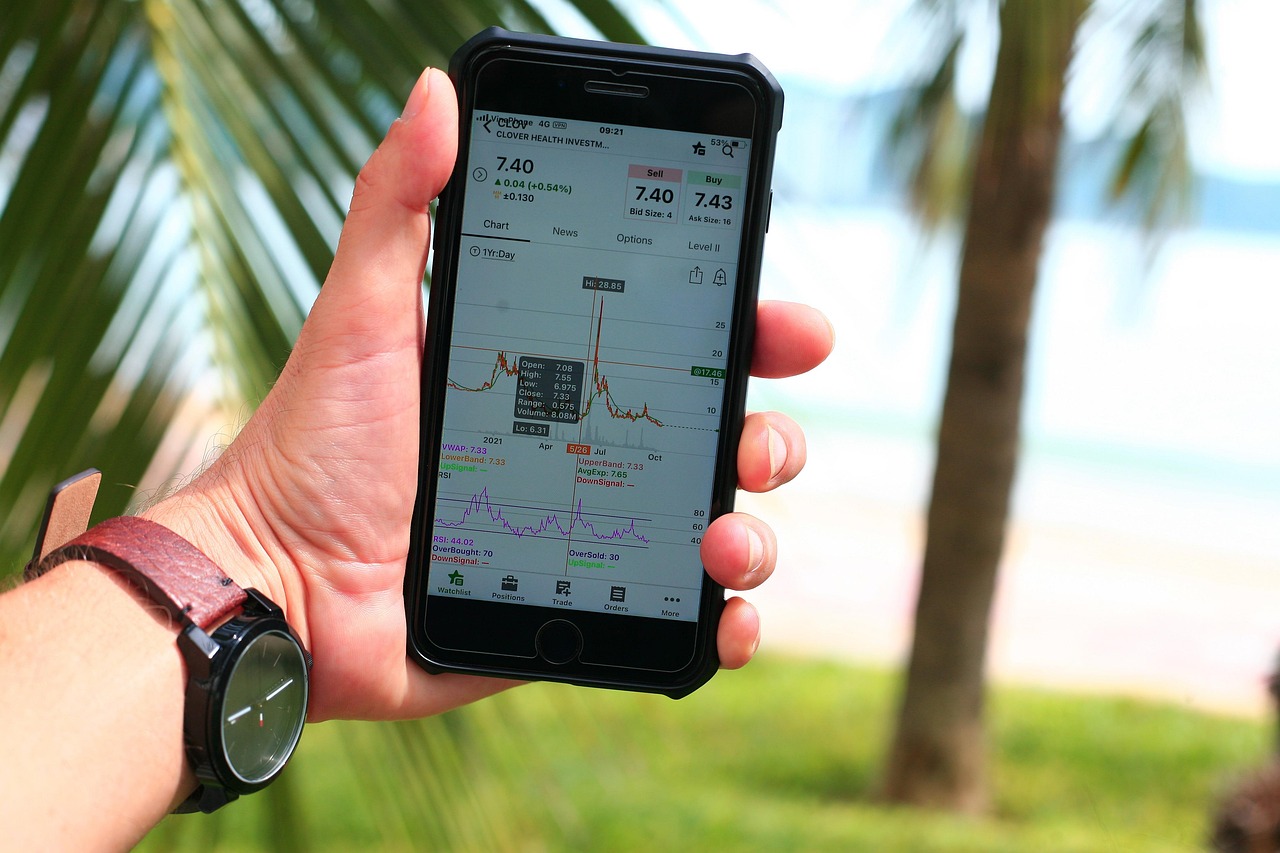TypingDNA Research Reveals Consistency in Typing Dynamics Across Sessions

In a landmark study, TypingDNA has unveiled compelling insights into the consistency of typing dynamics, demonstrating a 30% reduction in variability across individual typing sessions. This significant finding underscores the reliability of typing biometrics as a tool for identity verification and cybersecurity.
TypingDNA, a pioneer in behavioral biometrics, conducted an extensive analysis focusing on how typing patterns can serve as unique identifiers. The research involved a comprehensive dataset collected over multiple sessions from diverse user demographics, offering a robust foundation for its conclusions.
The reduction in variability marks a pivotal advancement in the field of biometric security. Consistent typing patterns enhance the accuracy of identity verification systems, thereby reducing the risk of unauthorized access to sensitive information. The implications of this research are particularly relevant in an era where digital security is paramount.
Typing behavior, or keystroke dynamics, refers to the unique patterns exhibited by individuals when typing on a keyboard. These patterns include the duration of key presses, the interval between keystrokes, and the overall rhythm of typing. TypingDNA’s research highlights the potential of these patterns to provide reliable biometric authentication, supplementing traditional methods such as passwords and two-factor authentication.
Several factors contribute to the global relevance of this research:
- Increased Cybersecurity Threats: As cyber threats become more sophisticated, the demand for robust security measures grows. Typing biometrics can serve as an additional layer of protection against cyberattacks.
- Remote Work Proliferation: The shift towards remote work has increased the need for secure access to corporate networks. Reliable typing dynamics can help ensure that only authorized personnel gain access to sensitive data.
- User Privacy: Unlike other biometric systems, typing biometrics do not require additional hardware or intrusive data collection, offering a privacy-centric alternative to traditional methods.
This study’s findings are likely to influence the adoption of typing biometrics in various sectors, including finance, healthcare, and government services. By providing a more consistent measurement of identity, organizations can enhance their security protocols and protect against identity theft and fraud.
Moreover, the reduction in variability across typing sessions suggests that typing biometrics have matured to a level where they can be reliably used for continuous authentication. This method involves monitoring typing patterns throughout a user’s session to ensure ongoing identity verification, offering real-time security without disrupting user experience.
As the field of biometric security continues to evolve, TypingDNA’s research represents a significant step forward. By demonstrating the stability and reliability of typing dynamics, the study paves the way for broader adoption and integration of this technology in enhancing digital security frameworks.
In conclusion, TypingDNA’s research not only provides valuable insights into the consistency of typing dynamics but also reinforces the potential of behavioral biometrics as a cornerstone of future security solutions. As organizations worldwide grapple with the challenges of maintaining robust digital security, innovations such as typing biometrics are poised to play a crucial role in safeguarding data and ensuring user identity integrity.















